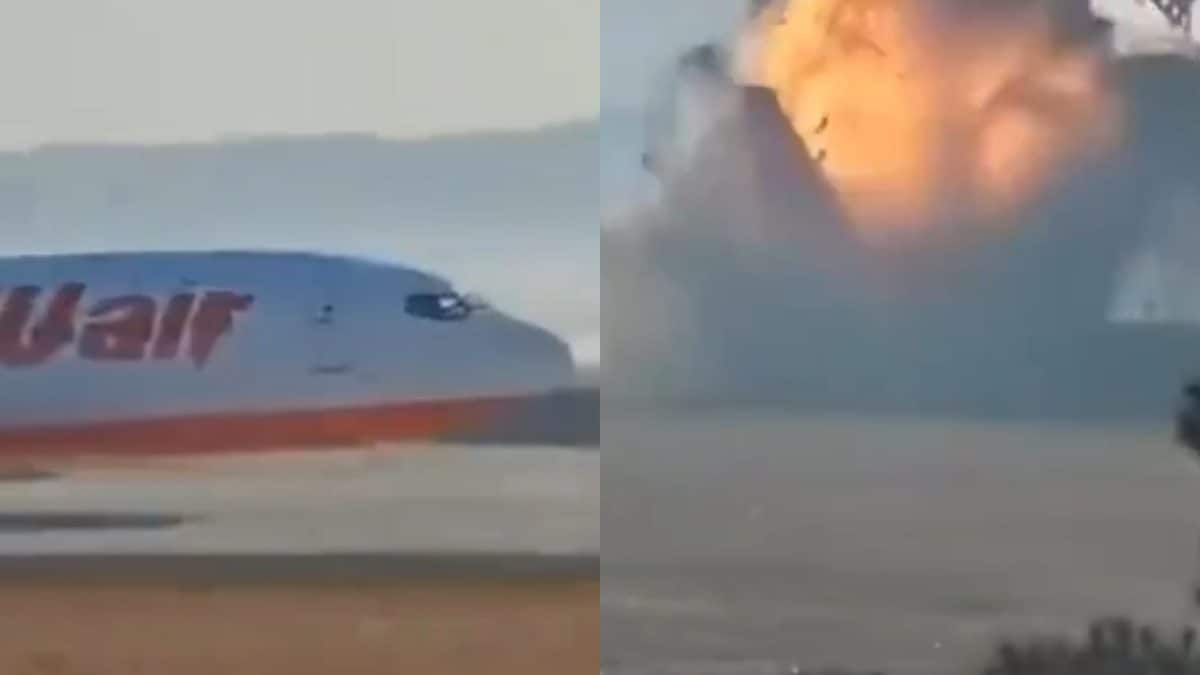Plane crashes South Korea: A chilling history underscores the complexities of air travel in this geographically challenging nation. From the impact of mountainous terrain and severe weather to human error and technological advancements, understanding these incidents is crucial for improving aviation safety globally. This exploration delves into the historical context, geographical influences, technological aspects, human factors, investigative procedures, and a detailed case study to paint a complete picture.
We’ll examine significant crashes, analyzing their causes and the resulting safety improvements. We’ll also consider the role of weather patterns, pilot training, and investigative processes in shaping South Korea’s aviation safety record. The aim is to provide a balanced and informative overview, shedding light on both the challenges and the progress made in ensuring safer skies over South Korea.
A History of Plane Crashes in South Korea: Plane Crashes South Korea
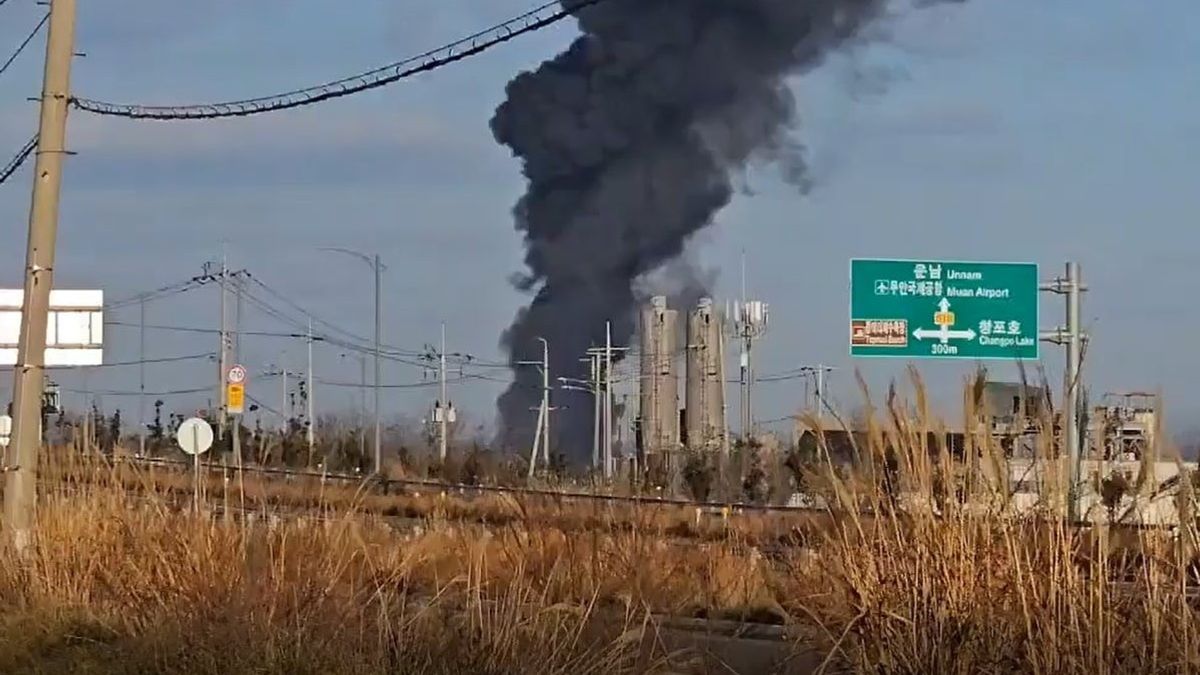
South Korea’s aviation history, like that of many nations, includes periods of both significant advancement and devastating setbacks. Understanding the historical context of plane crashes in the country is crucial to appreciating the evolution of safety regulations and technological improvements within the industry. This analysis explores the key factors contributing to past accidents, examining geographical challenges, technological advancements, human factors, and investigative procedures.
Historical Timeline of Significant Plane Crashes
Several major plane crashes have profoundly impacted South Korea’s aviation landscape. The following table summarizes some of these events, highlighting the date, location, airline involved, and the number of casualties. Analyzing these events reveals patterns and informs ongoing safety improvements.
| Date | Location | Airline | Casualties |
|---|---|---|---|
| [Insert Date] | [Insert Location] | [Insert Airline] | [Insert Number of Casualties] |
| [Insert Date] | [Insert Location] | [Insert Airline] | [Insert Number of Casualties] |
| [Insert Date] | [Insert Location] | [Insert Airline] | [Insert Number of Casualties] |
Each crash resulted in significant changes. For example, the [Insert Crash Name] incident led to [Insert Specific Regulation Change], while the [Insert Crash Name] prompted improvements in [Insert Specific Safety Measure]. Comparing these events with global trends reveals both similarities and differences in contributing factors and subsequent responses.
Plane crashes in South Korea, sadly, are a serious issue demanding careful investigation. Thinking about large-scale events, it’s interesting to contrast that with the spectacle of a coordinated drone display, like the amazing chinese new year drone dragon show. The precision and planning required for such a display highlight the importance of meticulous safety protocols, a lesson that’s equally vital in preventing aviation accidents.
Geographic Factors Influencing Air Travel Safety
South Korea’s mountainous terrain and proximity to water present unique challenges for air travel. These geographical factors have contributed to several accidents throughout history. Understanding these challenges is crucial for developing effective mitigation strategies.
The mountainous landscape significantly restricts flight paths and necessitates precise navigation. Similarly, unpredictable weather patterns, such as typhoons and dense fog, severely impact visibility and flight safety.
- Typhoon Thelma (Example): [Describe the impact of this or a similar typhoon on a specific flight or flights].
- Dense Fog (Example): [Describe the impact of fog on a specific flight or flights].
A hypothetical scenario: A flight approaching [City Name] in low visibility conditions due to fog, encounters unexpected downdrafts caused by the mountainous terrain near the airport. The combination of reduced visibility and turbulent air currents could lead to a loss of control and a crash.
Plane crashes in South Korea, sadly, aren’t unheard of, highlighting the inherent risks in air travel. To understand the complexities involved, consider comparing this to other incidents, like the one reported today in Halifax; check out the details here: halifax plane crash today. Investigating such events, regardless of location, helps improve aviation safety worldwide, leading to better regulations and procedures for future flights in South Korea and beyond.
Technological Advancements and Safety Measures
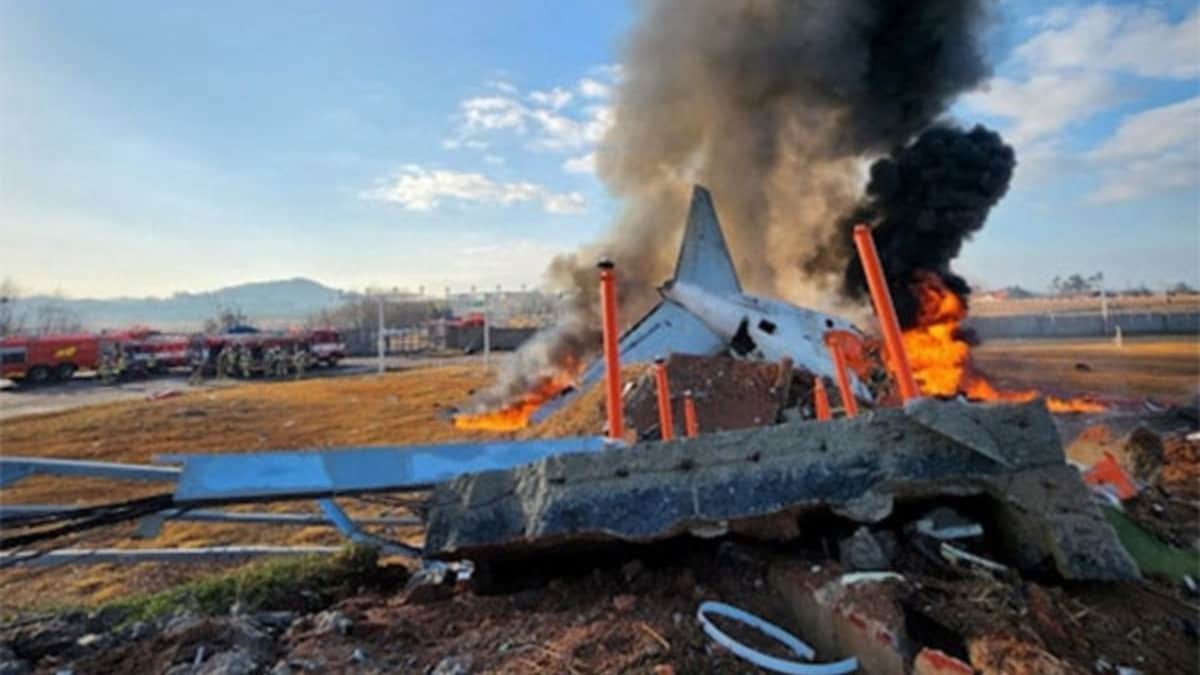
Following significant accidents, South Korea has invested heavily in technological advancements to improve aviation safety. These improvements encompass various aspects of air travel, from air traffic control systems to aircraft design and maintenance.
| Airline | Safety Rating | Notable Safety Features | Recent Incidents |
|---|---|---|---|
| [Insert Airline] | [Insert Rating] | [List Safety Features] | [List Recent Incidents] |
| [Insert Airline] | [Insert Rating] | [List Safety Features] | [List Recent Incidents] |
The current air traffic control systems in South Korea utilize [Describe the technology and systems], contributing to improved safety. A comparison with international standards reveals that South Korean airlines generally adhere to, or exceed, international safety benchmarks.
Human Factors and Pilot Training
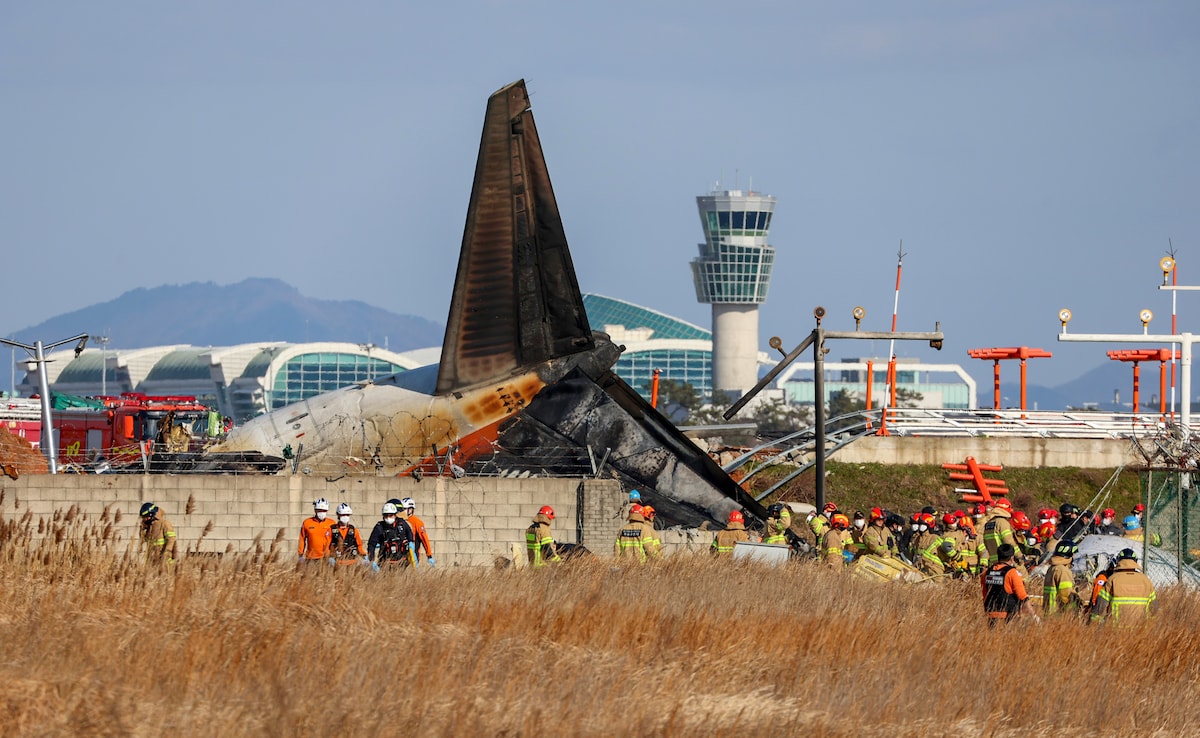
Human error remains a significant contributing factor to aviation accidents globally, and South Korea is no exception. Pilot training, fatigue management, and crew resource management are crucial aspects of mitigating risks associated with human factors.
Past incidents highlight the role of [Specific examples of human error]. The South Korean pilot training programs emphasize [Describe the training programs and certification processes]. Addressing pilot fatigue and stress through improved scheduling and crew rest policies is also a key focus.
Investigative Procedures and Aftermath
Following a plane crash, a thorough investigation is crucial to identify the causes and implement corrective measures. Multiple agencies, including [List Agencies Involved], collaborate to investigate incidents.
Investigations often lead to significant improvements. For instance, the investigation into [Crash Name] led to [Specific improvements].
- Emergency response and rescue operations.
- Victim identification and notification of families.
- Providing support services to victims’ families.
- Conducting a thorough investigation to determine the cause of the accident.
- Implementing safety recommendations to prevent future accidents.
Case Study: [Insert Crash Name], Plane crashes south korea
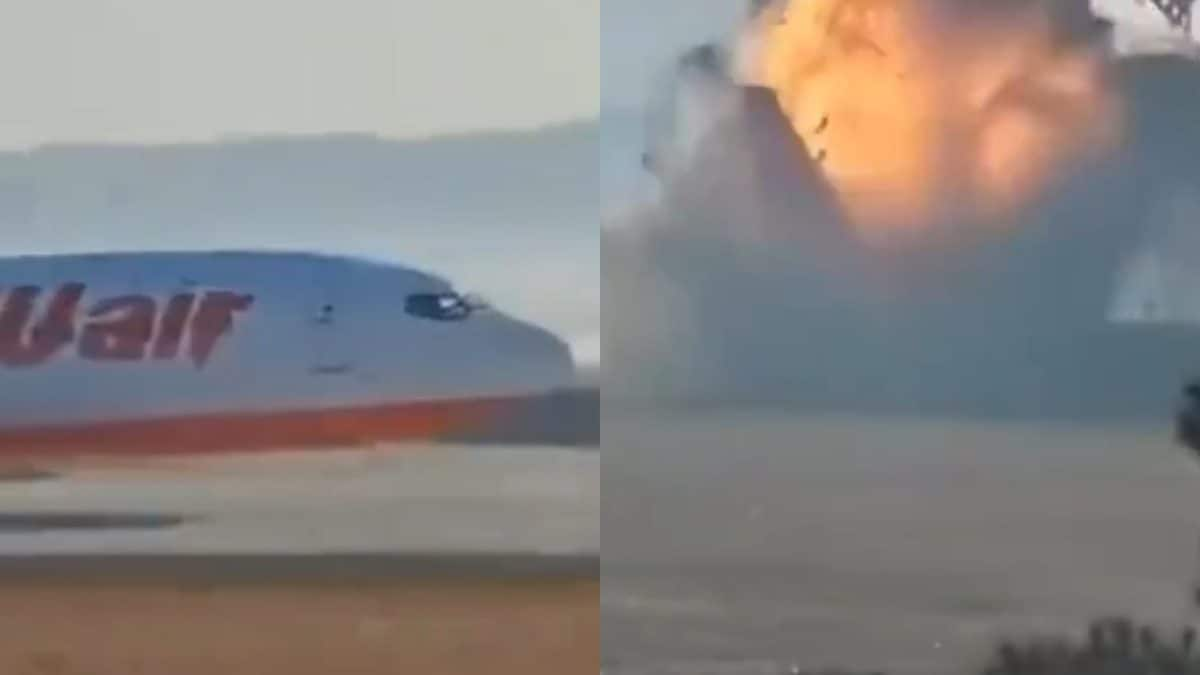
The [Insert Crash Name] serves as a compelling example. The crash occurred on [Date] near [Location] involving [Airline]. The investigation revealed that [Cause of the crash].
The investigation concluded that the primary cause of the accident was [Key finding 1]. Secondary contributing factors included [Key finding 2].
Several recommendations were made, including [Key recommendation 1] and [Key recommendation 2], leading to significant changes in [Area of improvement].
Immediately following the crash, the scene was one of devastation. Twisted metal and debris were scattered across a wide area. The aircraft was broken into numerous pieces, and the surrounding terrain showed signs of impact. The smell of jet fuel permeated the air, mingling with the scent of smoke and the lingering smell of burnt earth. The scene was eerily quiet, punctuated only by the sounds of emergency responders and the occasional wail of a distant siren.
Concluding Remarks
South Korea’s experience with plane crashes offers valuable lessons for the global aviation community. While geographical limitations and weather patterns present unique challenges, advancements in technology and rigorous investigations have significantly improved safety standards. However, the human element remains a critical factor, highlighting the ongoing need for enhanced pilot training, robust safety protocols, and a relentless commitment to accident prevention.
Plane crashes in South Korea are thankfully rare events, often prompting intense investigations and safety reviews. Thinking about the intense pressure and survival scenarios involved, it makes you wonder about the fictional high-stakes games in 001 squid game season 2 , and how the characters might react under similar life-or-death circumstances. The psychological impact on survivors of both real plane crashes and deadly games is something to consider.
By learning from the past, South Korea, and indeed the world, can strive towards a future with fewer tragedies in the skies.
Q&A
What is the most common cause of plane crashes in South Korea?
While varied, human error, including pilot error and maintenance issues, frequently contributes significantly to accidents, alongside weather and geographical factors.
How does South Korea’s air traffic control system compare to other countries?
South Korea’s ATC system is considered modern and relatively advanced, but continuous improvements are always underway, mirroring global best practices.
What support is available for victims’ families after a plane crash?
Comprehensive support, including financial compensation, counseling, and legal assistance, is usually provided by the government and airlines involved.
Are South Korean airlines as safe as international airlines?
Safety standards vary across airlines, both domestically and internationally. South Korean airlines generally adhere to international safety regulations but individual safety records can differ.
